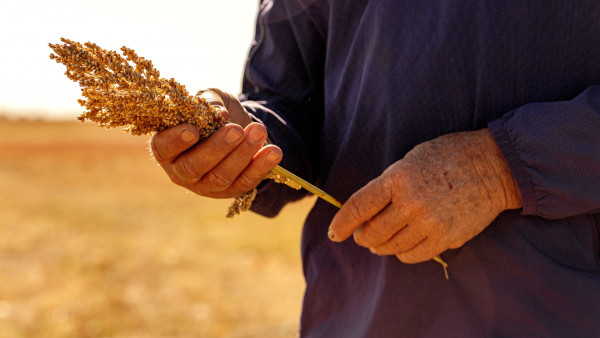
The Grain That Gives.
When you choose sorghum, you’re doing something good, not only for yourself but for the world around you.
This small grain offers big benefits for:


Health
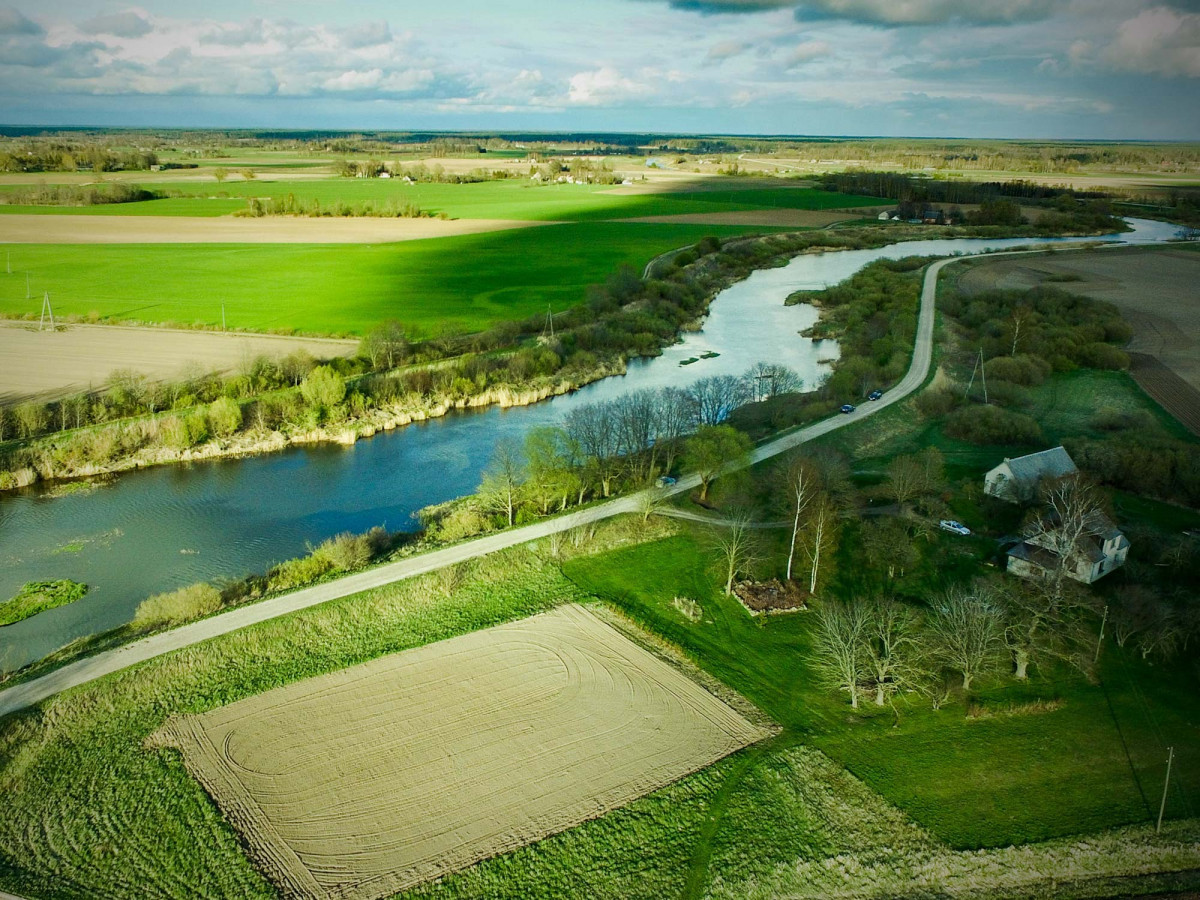
Water
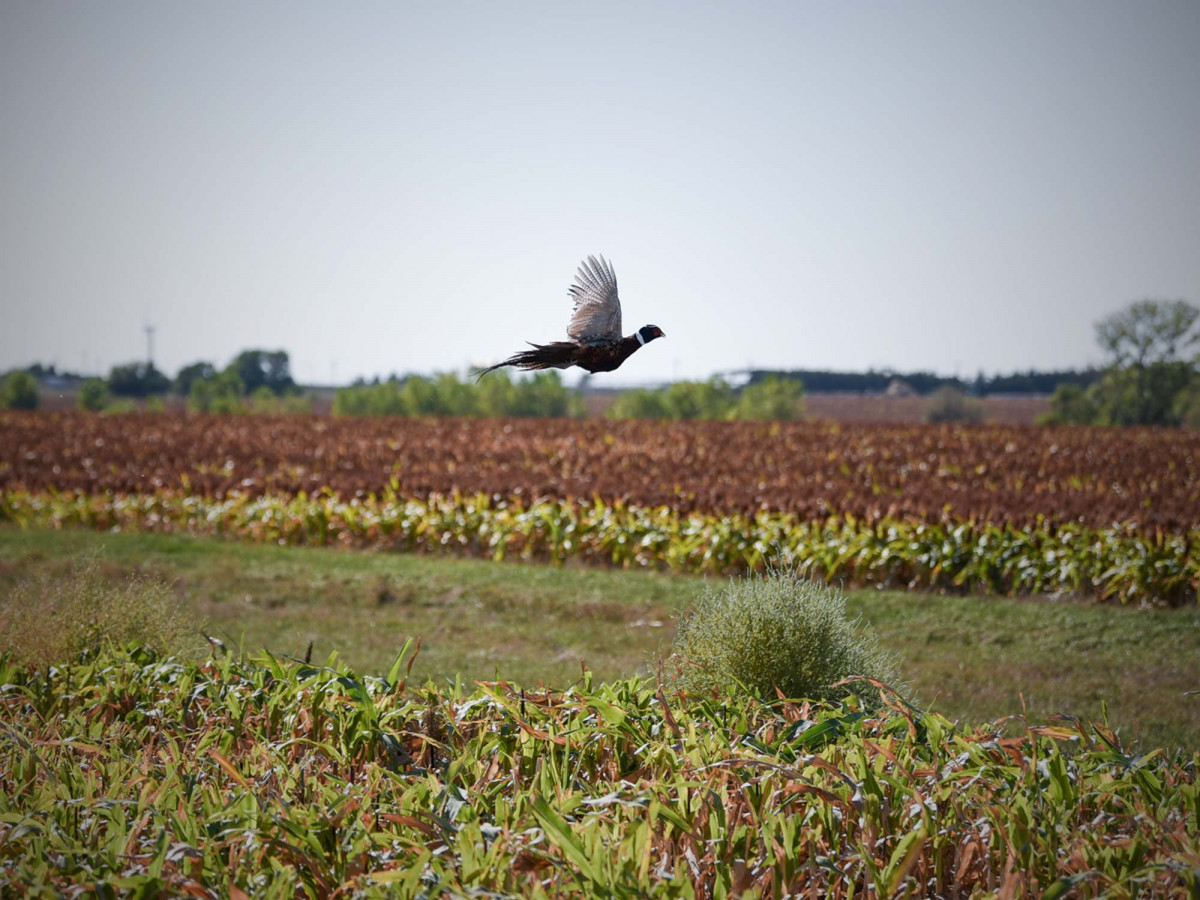
Wildlife

World
Sustainability
It’s in our nature.
Sorghum checks all the boxes. This giving grain is resilient and well suited to thrive in changing climates with uncertain growing conditions. It’s resistant to heat and drought, helps reduce soil erosion, improves soil health and conserves precious resources.

Resilient
Sorghum is a resilient grain well suited to thrive in changing climates and uncertain growing conditions.
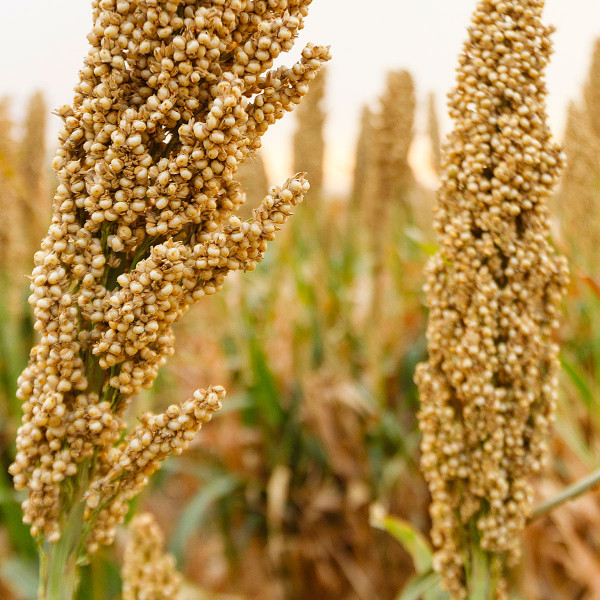
Resistant
Sorghum is incredibly resistant to heat and drought.

Resource-
conserving.
Sorghum requires 36% less water than comparable grains, conserving our precious natural resources.1
Yield vs. Water Usage
Sorghum, known for its water-efficient characteristics, exhibits remarkable adaptability to climate challenges like heat and drought. It stands out by requiring an impressive 36% less water than other grains. Explore the comparison of Sorghum’s water usage and yield against similar grains to witness its outstanding performance.1



Water Needed For First Bushel
6.9 Inches1
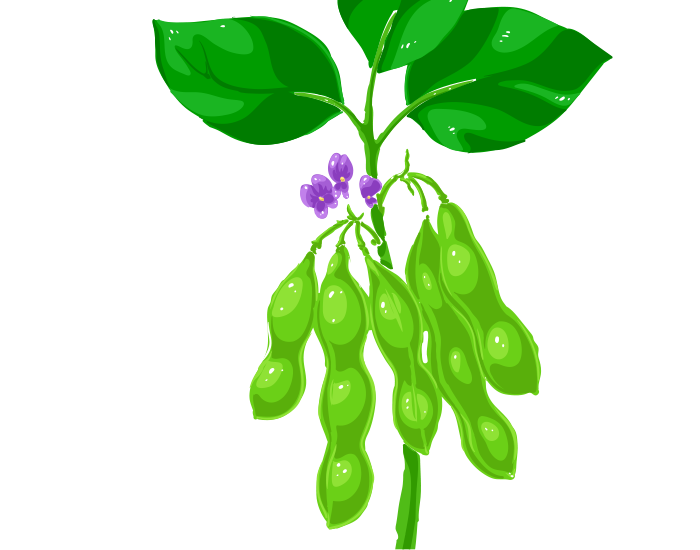

Water Needed For First Bushel
7.8 Inches1


Water Needed For First Bushel
10.0 Inches1
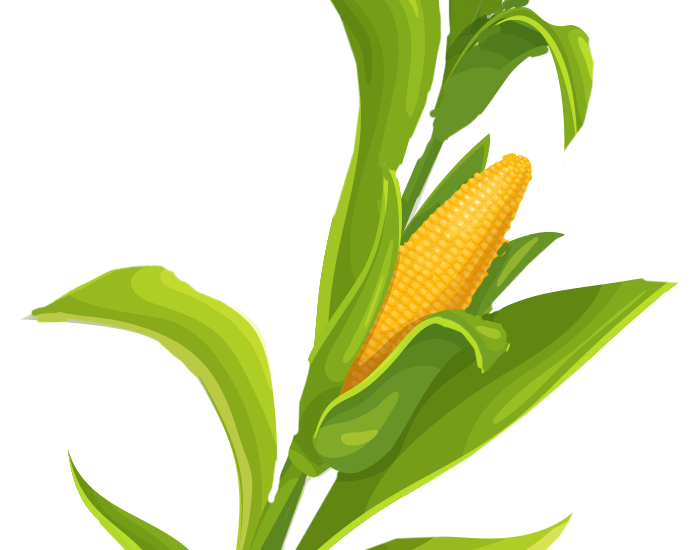

Water Needed For First Bushel
10.9 Inches1
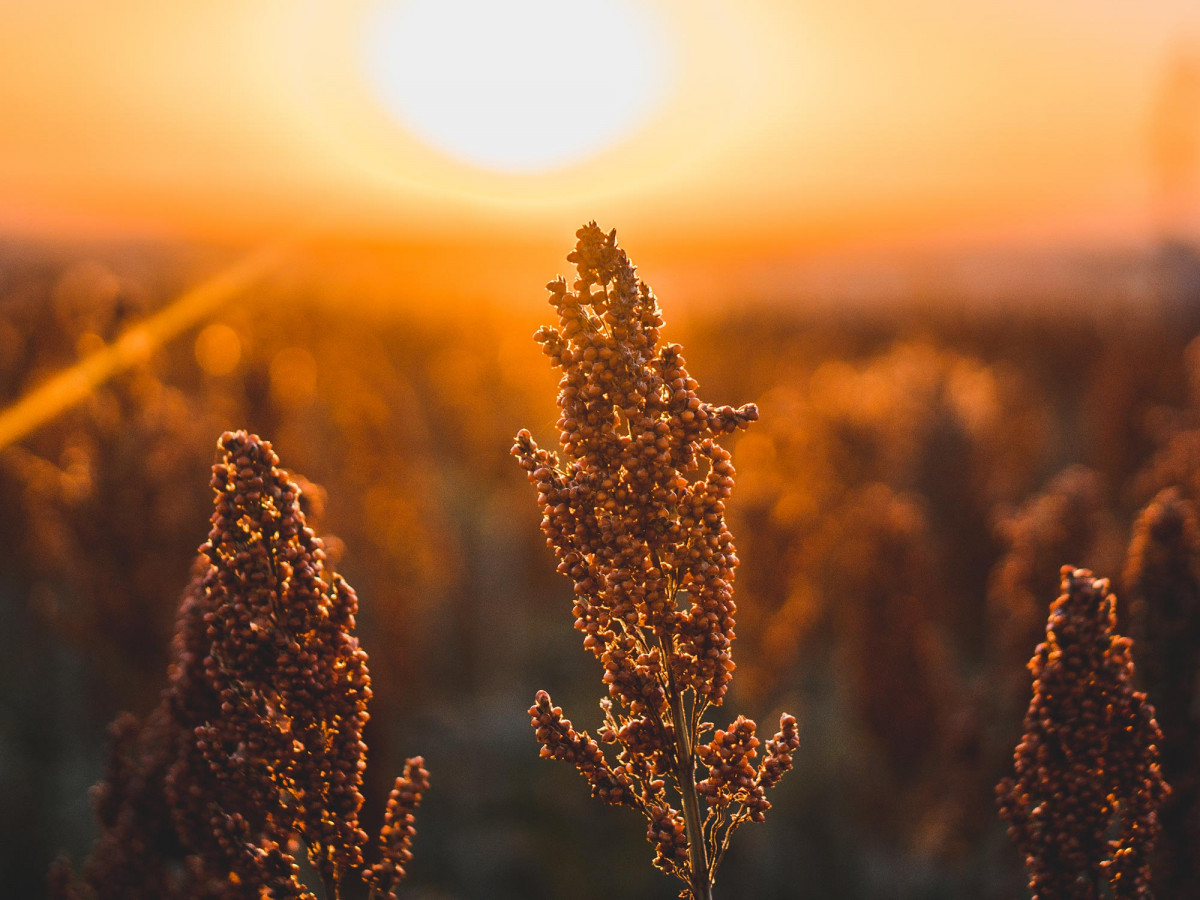
The Resource Conserving Crop®
 Superior Water Conservation
Superior Water Conservation
One of sorghum’s superpowers is adaptability to climate challenges such as heat and drought, requiring an amazing 36% less water than other grains.1 That’s a savings so significant, it could supply the annual water usage of over 16 million homes. Nationally, 91% of sorghum acres are fed by rain alone.2





Serious About Soil Health
Sorghum helps regenerate soil with increased organic matter, enabling it to retain more important soil nutrients and moisture. The stalks left standing in fields help add nutrients back into the soil, break up soil compaction, capture and retain moisture, and reduce wind erosion.3
Sorghum grown with
reduced tillage removes carbon from the atmosphere
and stores it
safely in the soil,
cleaning our air and helping
to fight climate change.
Farmers practice conservation tillage on 75% of their acres.4
Conservation
Tillage Practices
Nitrogen-use
Efficiency
Lower Carbon
Footprint
Supports
robust ecosystems
This water-smart crop uniquely helps wildlife populations thrive as a preferred food choice for quail, pheasants and many other species of birds and deer. Sorghum’s many leaves and sturdy structure create wildlife habitats and protection from the elements during harsh winters and extreme summer heat.5
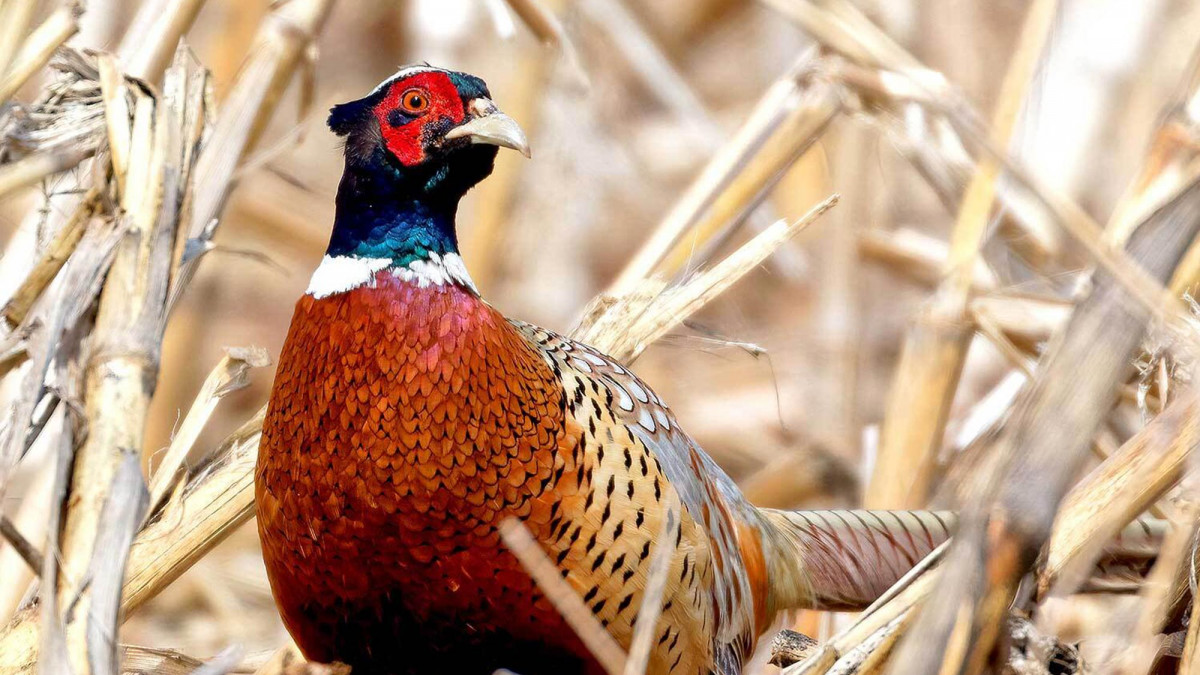
Highly nutritious food choice for quail, pheasants and other species of birds and deer.
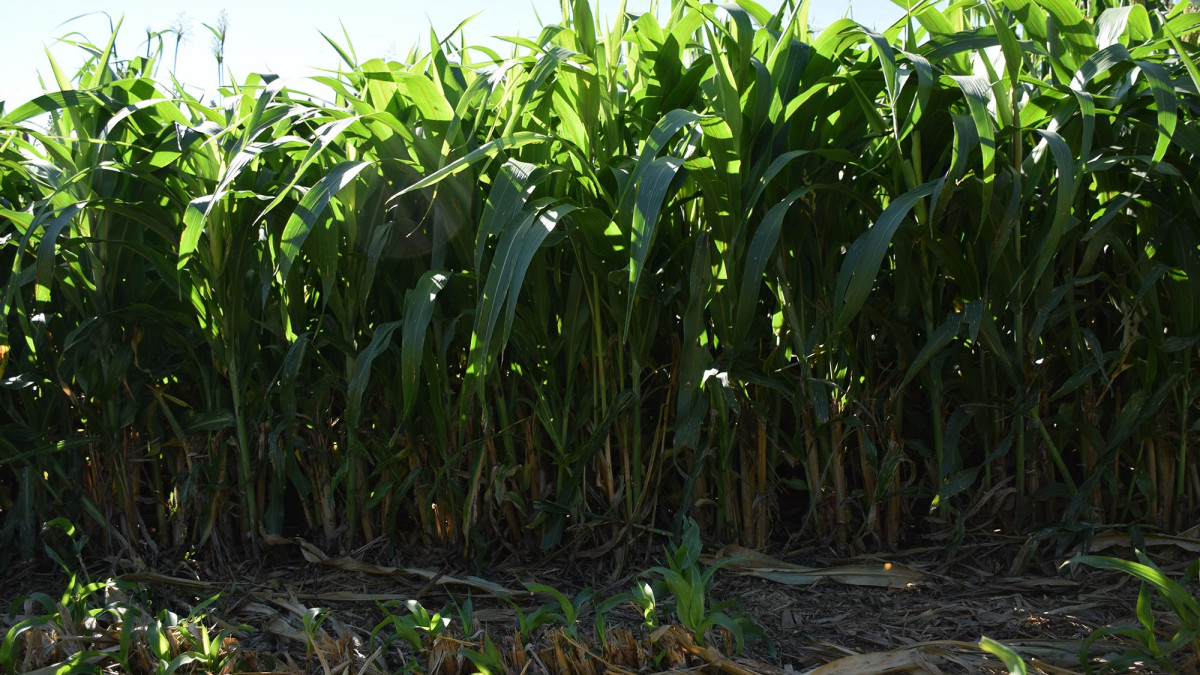
Leaves and sturdy structure create a habitat for animals.
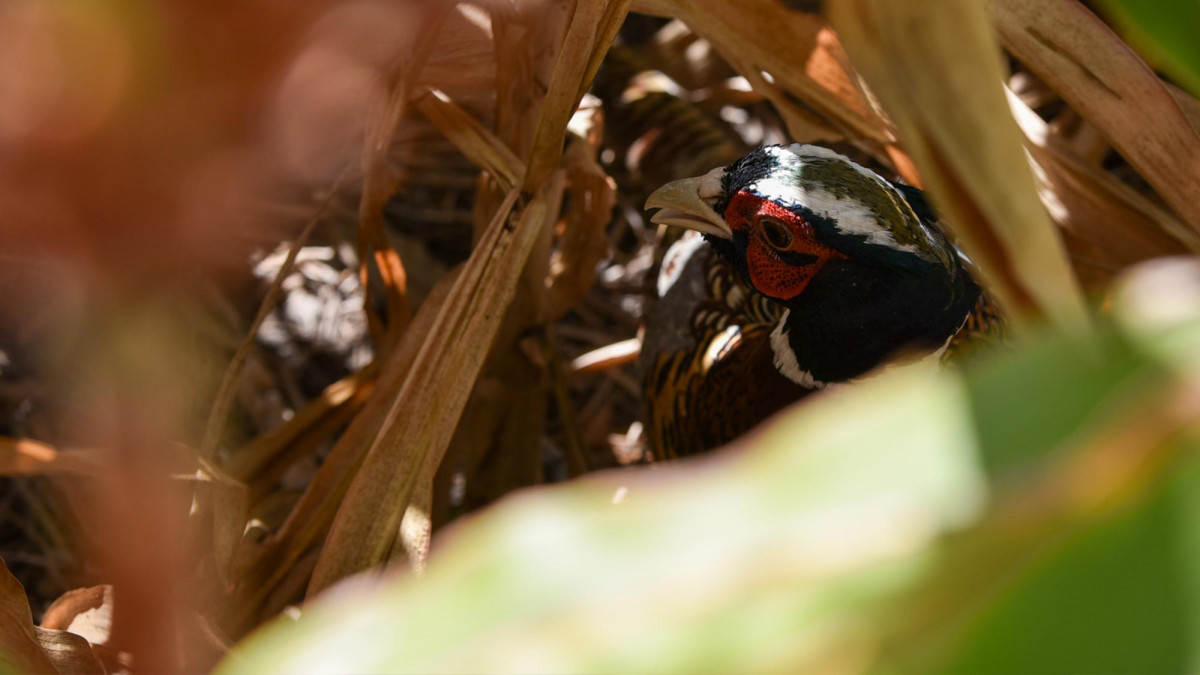
Provides protection from harsh winters and extreme summer heat.
Sorghum Research Updates

Kansas On-Farm Sorghum Sustainability Analysis
Explore our 2022, 2021 and 2020 studies that delve into quantifying the environmental impact of sorghum grain. This data, compiled through Sustainable Environmental Consultants, adds significant depth to decision-making processes and has the potential to shape both short- and long-term goals.

USDA NRCS Fact Sheet
Explore our insights derived from the KansaCAT Database, showcasing how this project empowers farmers to measure the efficacy of diverse farming practices in enhancing soil health and water quality. This initiative, in turn, contributes to positive outcomes for natural resources.

Kansas On-Farm Sorghum Sustainability Analysis
In 2012, the United Sorghum Checkoff Program (USCP) developed a comprehensive model to assess the carbon footprint of sorghum used in ethanol production. This model, based on data obtained from sorghum growers, covered various aspects such as sorghum acres, inputs, outputs, field operations and energy use. In 2020, the program validated and updated the model. And as of 2024, they seek to gather current information from growers to confirm and verify near-future estimates of sorghum’s carbon footprint, focusing on sorghum production details for 2021, 2022 and 2023.

The Carbon Footprint Of Sorghum
This report addresses the increasing consumer demand for agricultural products with lower carbon footprints in California and the U.S. It conducts a comprehensive analysis of existing carbon intensity methodologies for agricultural products, identifies a methodology for calculating the carbon footprint of sorghum and conducts a large-scale survey of over 300 sorghum farms in nine states, representing over 80% of the industry.

Energy And CO₂ Emissions In U.S. Sorghum Production
Read our scientifically based and peer-accepted estimates of direct and indirect energies, as well as CO2 emissions associated with the use of diesel fuel, gasoline, distillate fuels, natural gas, propane and electricity in typical dryland grain sorghum-based cropping rotations in southwest Kansas for the USCP. The specific goals include providing detailed estimates of the quantities of these energy sources consumed and the resulting CO2 emissions for various agricultural operations within each candidate grain sorghum-based rotation in the specified geographic areas.

Sorghum Stover Composition
View the 2014 study showcasing the composition values that help inform carbon intensity models and the amount of carbon sequestered by sorghum in soil.

Doing More with Less, Naturally
Climate Smart
National Sorghum Producers were awarded a $65 million climate-smart grant that will be used to promote what we know is true: Sorghum is the Resource Conserving Crop®.
Sorghum is a champion for reducing the environmental footprint of fuel. Approximately one-third of the U.S. grain sorghum crop is used for ethanol production. Naturally drought tolerant, sorghum gives ethanol producers in water-stressed areas a smart choice to help farmers preserve regional resources.
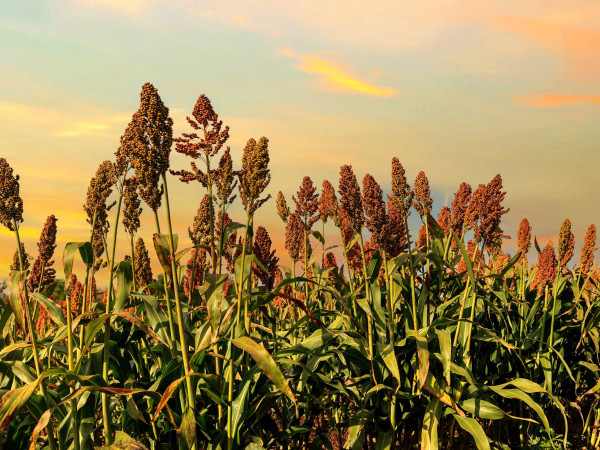
Sorghum Sustainability Report
The Sorghum Checkoff is proud to announce the release of our inaugural Sustainability Report, highlighting the remarkable environmental benefits and economic resilience of sorghum. This report showcases how sorghum growers are leading the way in sustainable farming practices, from water conservation to soil health, while delivering a climate-smart crop that meets the demands of today’s consumers and markets. Discover how sorghum continues to drive progress toward a more sustainable future for agricul- ture. Explore the full report and see the impact for yourself!

